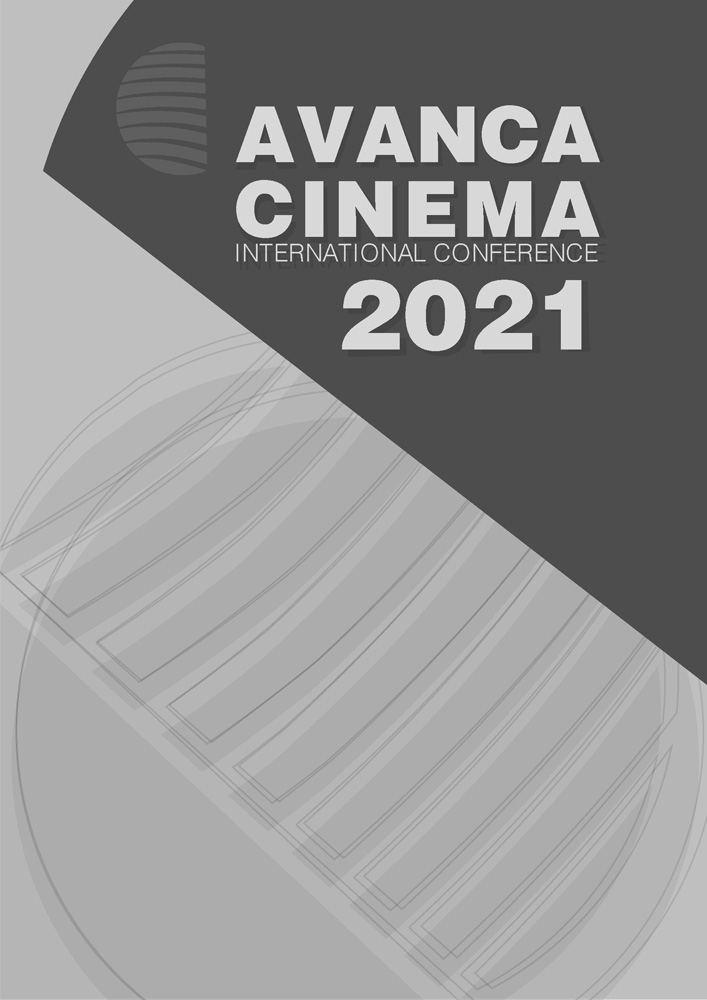Chapter II _ Cinema - Cinema
Structure, Geometry And Method In Peter Greenaway’s The Draughtsman’s Contract. The 4 Dimensions In The Cinematic “Canvas”
Abstract
The draughtsman’s contract summarizes the adventures of an artist hired by an English aristocrat for the execution of 12 drawings of his rural house and the gardens that surround it. It takes place at the end of the 17th century, when this type of commissions was fashionable in that society in order to perpetuate the memory of the properties of its members. The text of the contract functions as the script of the film. Each section corresponds to a drawing and foresees some preparations, a schedule and a complement or sequel. The film combines the reading of each of the sections of the contract with a musical overture, the scenes of the preparations and the execution of each drawing, the interferences of other characters and the meeting of the cartoonist with Mrs. Herbert as agreed. Artifacts and techniques derived from the background of Masaccio, Dürer, Alberti and Brunelleschi are used for the execution of the drawings. The invention of geometric perspective is an antecedent of cinema due to its capacity for space-time relationship. The third dimension is actually an optical illusion. Assembly and composition are tools of both cinema and painting, with their respective peculiarities. The pictorial models of the drawings are those of the time and in turn of the scenes of the film are part of the trend known as pictorialism.

This work is licensed under a Creative Commons Attribution 4.0 International License.

